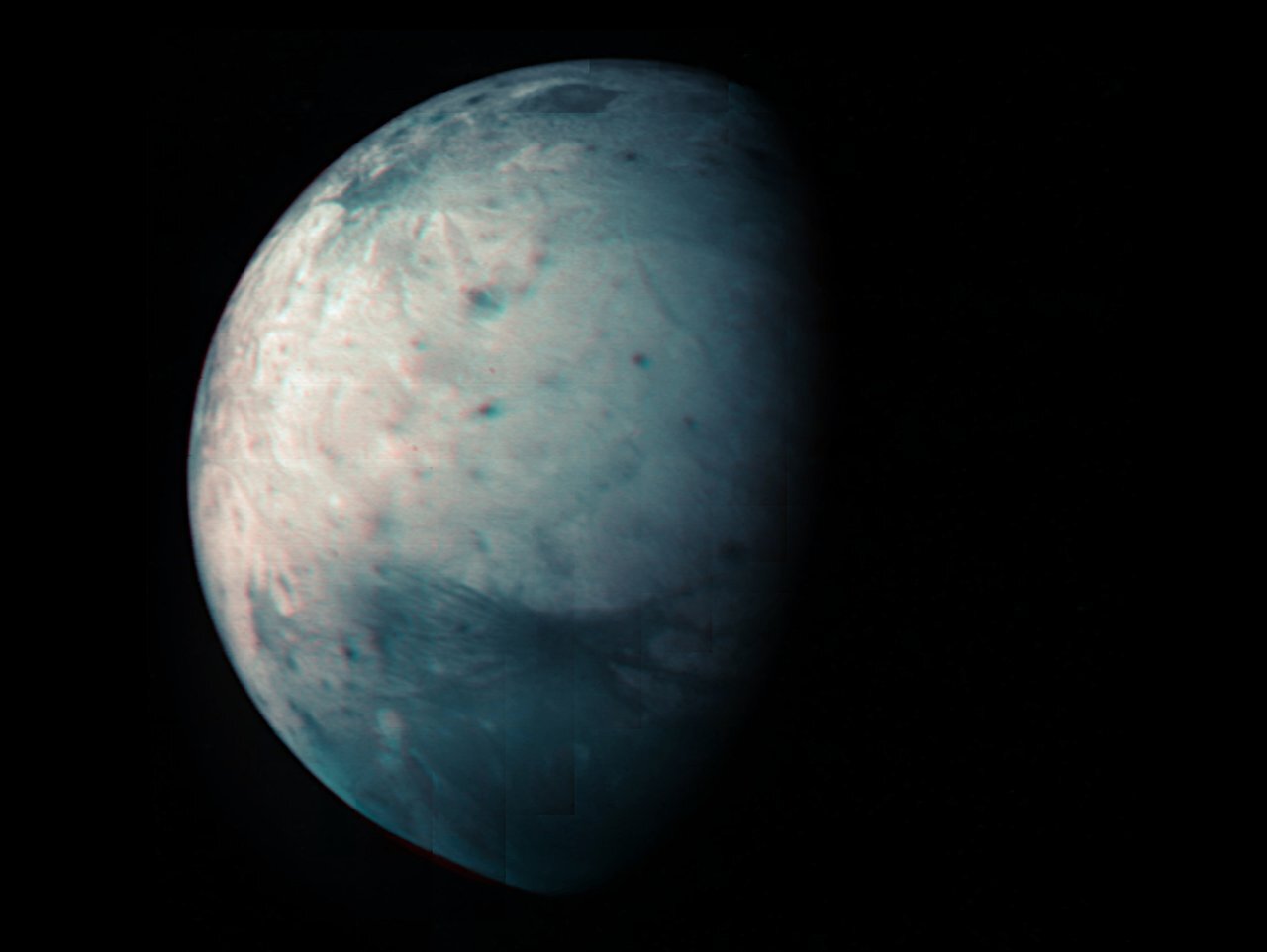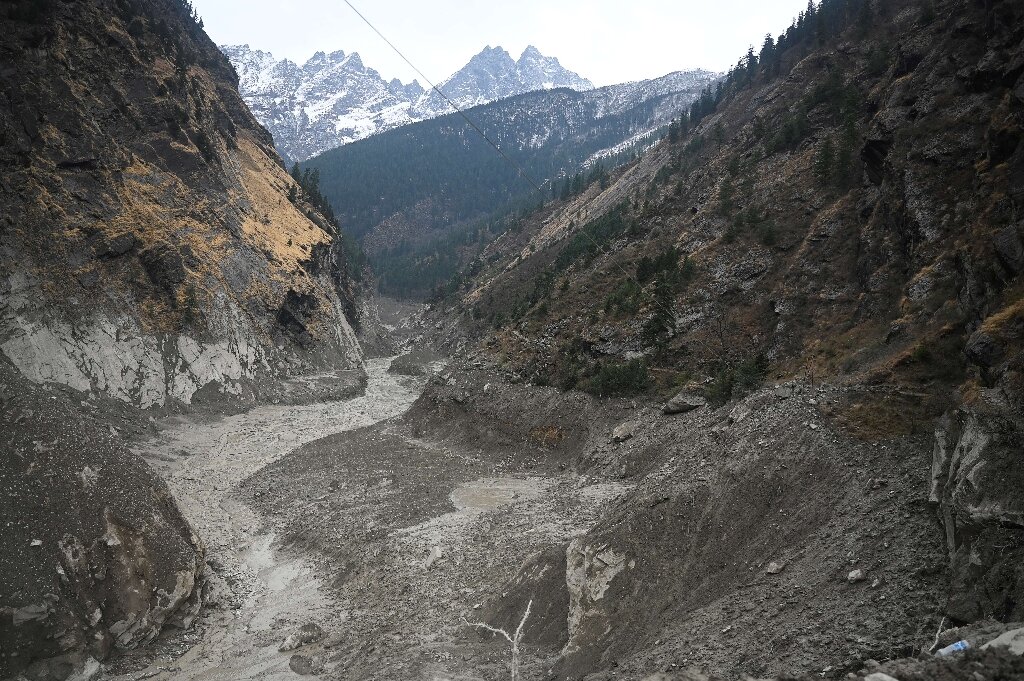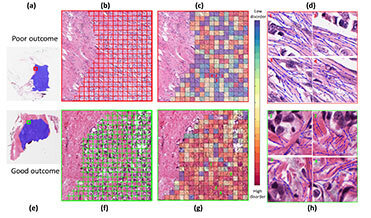#New study predicts coral bleaching and coral-eating starfish invasions months in advance
“#New study predicts coral bleaching and coral-eating starfish invasions months in advance”
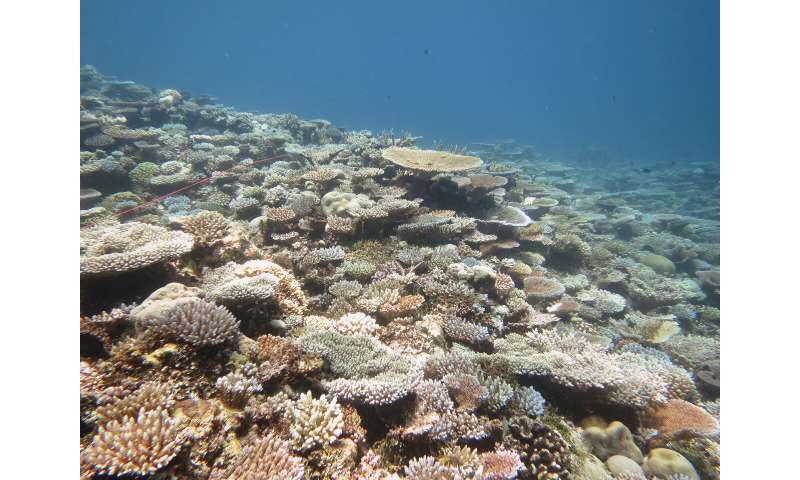
A new study by the Marine Laboratory at the University of Guam may help researchers predict coral bleaching months earlier than current tools, and, for the first time, may help predict invasion events of coral-eating crown-of-thorns starfish. The study was published on May 8 in Scientific Reports.
Coral bleaching and the crown-of-thorns starfish represent the two biggest disturbances coral reefs face, while local stressors like pollution and overfishing represent the two biggest impediments to recovery following disturbances.
Unlike other prediction tools, this study used the interaction of two major oceanographic modulators—El Nino and Pacific Decadal Oscillation, or PDO—to predict how “warm blobs” of seawater and excess nutrients move around the tropical Western Pacific to cause these two destructive events. Existing tools typically provide bleaching warnings two to three weeks in advance; however, this new tool extends the warning period to between three and five months.
Important implications
Advanced warnings have important implications for coral reef management efforts in the Pacific region and potentially beyond.
“It takes management from a reactive position to a more proactive one,” said senior author Peter Houk, an associate professor of marine biology in the Marine Lab. “Not a lot can be accomplished with only a couple weeks’ notice, but predicting bleaching and starfish disturbance events a few months out may give governments and other agencies more time to acquire supplies, create legislation, and create support networks to ensure reefs are better equipped to handle these forces.”
For example, it allows more time to revise temporary fisheries regulations, raise funds for the removal of starfish, and procure supplies needed to support these acts. The authors have predicted outbreaks of starfish to emerge in Eastern Micronesia this year, providing time for Kosrae’s tourism industry and resources agencies to gather supplies and build monitoring and removal plans now. Further, the authors can provide warnings for other islands down current to be on the lookout as starfish outbreaks are known to spread across islands and reefs in the direction of prevailing currents.
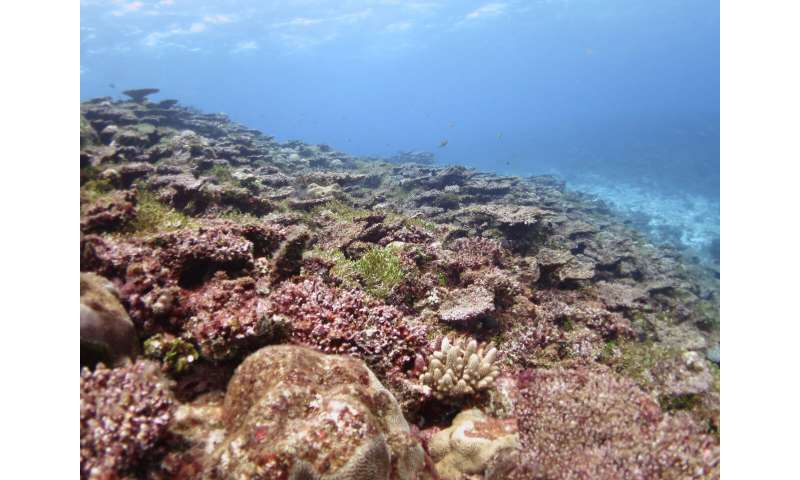
An unanswered question
Above-average sea-surface temperatures are common across the tropical Pacific following El Nino Southern Oscillation events, which are increasingly exacerbated by climate change. However, islands—from Palau to Kosrae—can be affected differently. One may bleach, while another experiences little to none.
That question motivated researchers to study the impact of El Nino interacting with the PDO. Together, the two patterns predict maximum sea-surface temperatures and also the movement of “nutrient plumes” filled with what is known as “chlorophyll a” around the Pacific Ocean that attract plankton and cause the crown-of-thorns starfish outbreaks that wreak havoc on coral. Both sea-surface temperatures and nutrient plumes have been mapped by satellites for years; however, predicting their future has been a challenge.
Predictions based on decades of data
The researchers analyzed sea temperatures dating back to 1980 and biological data dating back to 1998, including coral cover and chlorophyll a plumes, from 82 survey sites on the main islands of Micronesia to track how they are influenced by the interaction of these two cycles.
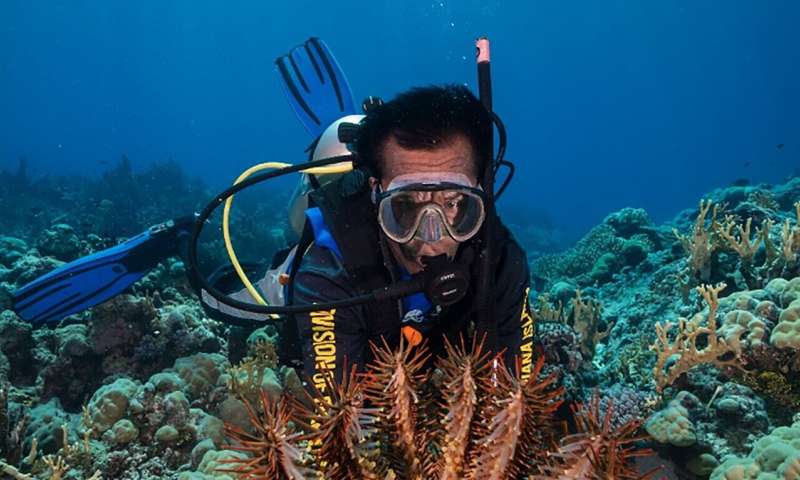
Using those observations, they built models that accurately predicted both sea surface temperatures and nutrients. The models accounted for 77% of the variation in sea temperature and 55% of the variation in chlorophyll a concentrations between 1980 to the present, both of which support strong predictions.
The study shows that including PDO events into forecasts may improve predictions of when and where bleaching and starfish outbreaks will occur. The next step will be to build an online resource to host the predictive model for scientists and resources managers to access and to keep improving the model to the extent possible.
“We provide the first insight into how PDO and El Niño cycles predicted sea-surface temperatures, chlorophyll a concentrations, and changes to coral cover across the tropical north Pacific Ocean,” the authors said. “These results may be transferrable to other oceanic regions to help predict coral reef status at even larger scales.”
More information:
Peter Houk et al, Predicting coral-reef futures from El Niño and Pacific Decadal Oscillation events, Scientific Reports (2020). DOI: 10.1038/s41598-020-64411-8
New study predicts coral bleaching and coral-eating starfish invasions months in advance (2020, July 9)
retrieved 9 July 2020
from https://phys.org/news/2020-07-coral-coral-eating-starfish-invasions-months.html
This document is subject to copyright. Apart from any fair dealing for the purpose of private study or research, no
part may be reproduced without the written permission. The content is provided for information purposes only.
If you want to read more Like this articles, you can visit our Science category.
if you want to watch Movies or Tv Shows go to Dizi.BuradaBiliyorum.Com for forums sites go to Forum.BuradaBiliyorum.Com
